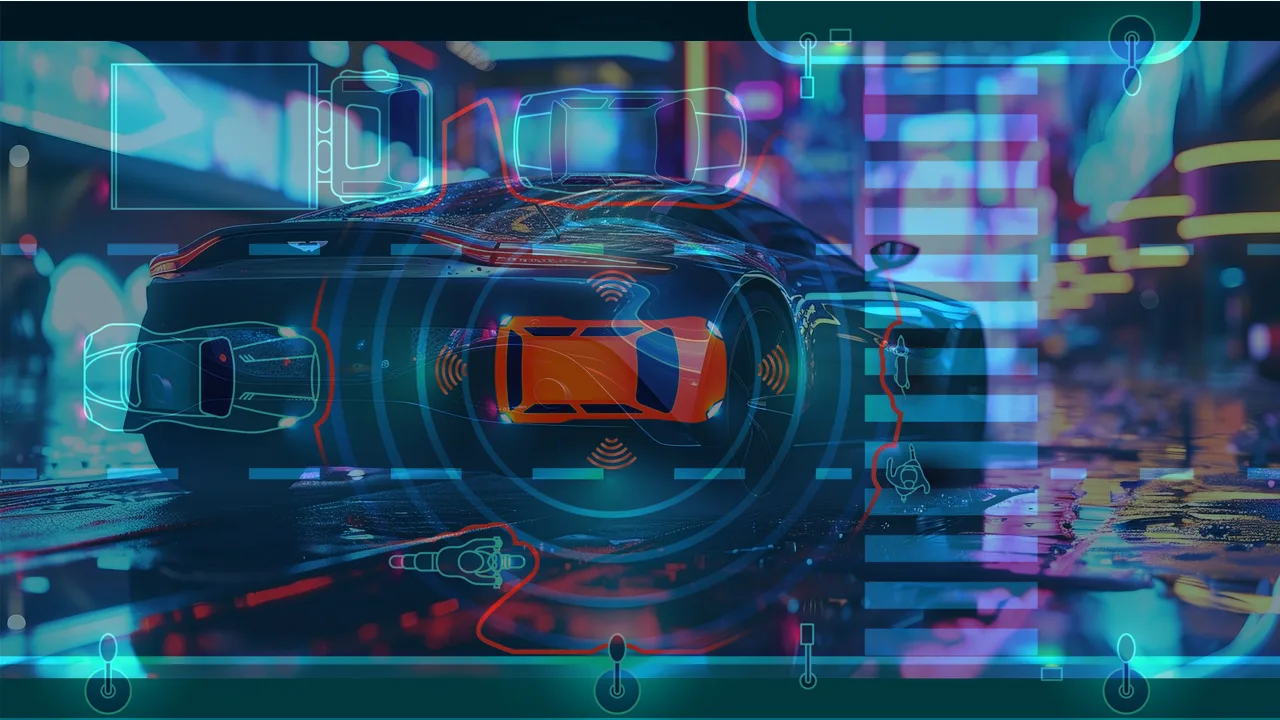Autonomous vehicles (AVs) represent a transformative shift in transportation, promising increased efficiency, reduced traffic accidents, and enhanced mobility for individuals. These vehicles leverage cutting-edge technologies such as artificial intelligence, sensors, and advanced control systems to navigate the roads without human intervention. As the development of autonomous vehicles progresses, concerns about their safety have become a focal point of discussions. This detailed note explores the intricacies of autonomous vehicle safety, covering technological advancements, regulatory frameworks, ethical considerations, and the overall impact on road safety.
Autonomous Vehicles and Safety
Sensor Technologies:
Autonomous cars use a variety of sensors to sense and comprehend their environment. These include LiDAR (Light Detection and Ranging), radar, cameras, and ultrasonic sensors. LiDAR, for instance, uses laser beams to create detailed 3D maps of the vehicle’s environment, enabling precise navigation and obstacle detection.
Artificial Intelligence (AI) and Machine Learning:
The core of autonomous vehicle technology lies in AI and machine learning algorithms. These systems analyze vast amounts of data to make real-time decisions, adapting to dynamic driving conditions. Machine learning enables vehicles to improve their performance over time, learning from experience and becoming more adept at handling various situations.
Connectivity and Communication:
Communication between vehicles and infrastructure (V2I and V2V) is essential to AV safety. These technologies allow vehicles to share information with traffic lights and road signs. This communication network enhances situational awareness and enables coordinated responses to potential hazards.
Regulatory Frameworks for Autonomous Vehicles
Government Involvement:
Governments worldwide play a pivotal role in shaping the landscape for autonomous vehicles. Regulatory bodies, such as the National Highway Traffic Safety Administration (NHTSA) in the United States and the European Union Agency for the Cooperation of Energy Regulators (ACER), establish standards and guidelines to ensure the safety and compliance of AVs.
Testing and Certification:
Before autonomous vehicles can operate on public roads, they undergo rigorous testing to demonstrate their safety and reliability. This testing phase involves controlled environments and real-world scenarios to assess how well the vehicles perform in various conditions. Governments work closely with manufacturers to establish certification processes for AVs.
International Collaboration:
Given the global nature of autonomous vehicle technology, international collaboration is essential. Organizations like the United Nations Economic Commission for Europe (UNECE) work towards establishing international regulations and standards for AVs to facilitate seamless integration across borders.
Ethical Considerations in Autonomous Vehicle Safety
Decision-Making Algorithms:
One of the ethical challenges in AV safety involves the decision-making algorithms that govern the vehicle’s responses in critical situations. For example, in a potential collision scenario, the AV must make split-second decisions, raising questions about how these decisions are programmed.
Liability and Accountability:
Liability in an accident involving an autonomous vehicle is a complicated matter. The responsibility may lie with the vehicle manufacturer, the software developer, or the vehicle owner. Establishing a clear framework for liability is crucial to ensure accountability and fairness in the legal landscape.
- Audi GT50 Concept: A Loud Reminder of Why Car Enthusiasts Fell in Love With Audi
- Nearly 30% of UK Drivers Believe Car Tax Should Be Based on Mileage — Survey
- Why Planes and Boats Escaped the Luxury Tax But Cars Didn’t
- Australia’s Headlight Confusion: Authorities Warn Drivers After Viral $250 Headlight Rule Goes Wild Online
- 2025 Hyundai Venue Facelift Launched in India – Full Details, Variants, and Price
Transparency and Explainability:
As AVs rely heavily on complex algorithms, there is a growing need for transparency and explainability in their decision-making processes. Understanding how an AV arrived at a particular decision is vital for building public trust and ensuring these systems align with ethical standards.
Impact on Road Safety
Traffic Flow and Efficiency:
Autonomous vehicles can optimize traffic flow through coordinated movements and efficient routing. By communicating with each other and adjusting speeds in real-time, AVs can reduce congestion and enhance overall traffic efficiency.
Pedestrian and Cyclist Safety:
Emergency Response and Healthcare Impact:
In the event of an accident, AVs can communicate with emergency services and provide critical information about the incident. This real-time data exchange enables faster response times and can potentially reduce the severity of injuries. Additionally, the overall reduction in accidents may alleviate the burden on healthcare systems.
Challenges and Future Considerations
Cybersecurity:
With the increasing integration of connectivity and communication technologies in AVs, the risk of cyber threats becomes a significant concern. Ensuring robust cybersecurity measures is crucial to prevent unauthorized access and potential malicious interference with autonomous vehicles.
Infrastructure Readiness:
The successful deployment of AVs requires infrastructure that supports their unique needs. It includes dedicated lanes, traffic signals, and communication infrastructure. Collaborative efforts between governments and private entities are necessary to create an environment conducive to AV operations.
Public Acceptance:
The acceptance of autonomous vehicles among the general public is critical to their successful integration. Addressing concerns related to safety, privacy, and the ethical implications of AV technology is essential for building public trust and ensuring widespread acceptance.
